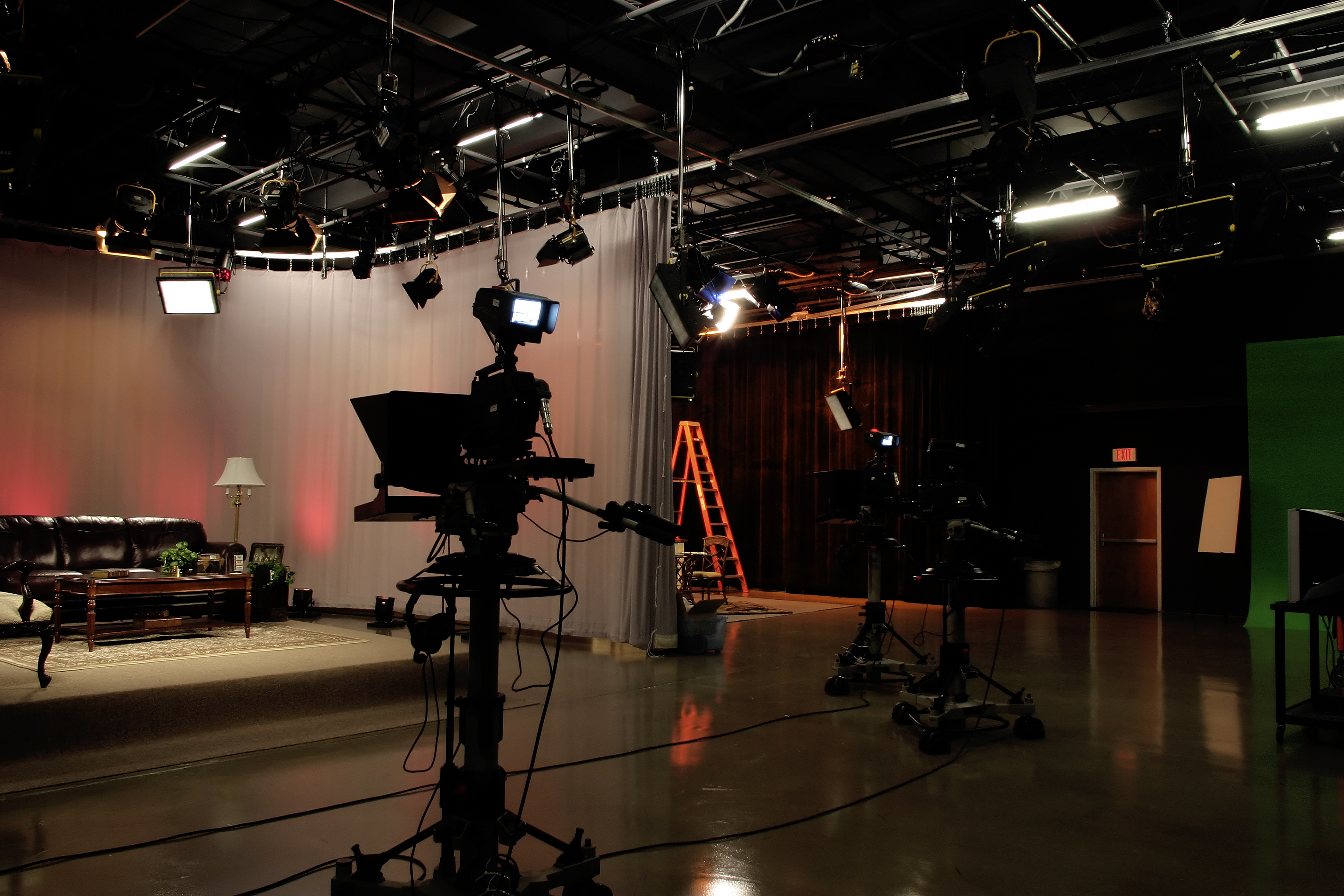
THE British film industry is still failing to represent women in its top behind-the-camera roles, according to research.
A study found that there had been little change in the number of female directors or cinematographers in the past decade.
Female British directors who have enjoyed success over recent decades include Bend It Like Beckham’s Gurinder Chadha and American Honey’s Andrea Arnold.
But only 14% of all directors and 7% of all cinematographers were women across 3,452 films in production in the UK between 2003 and 2015, the report said.
Dr Shelley Cobb, from the University of Southampton, one of the authors of the study, said: “This data shows very clearly that there is no long-term improvement of gender equality in the British film industry, despite training schemes, funding rules, or best practice statements. ”
She said: “There are well-trained, experienced, and talented women filmmakers working now who should be at the top of their careers but they have been left aside by the gatekeepers, tastemakers, and financiers who need to change and learn how to make equality a reality.”
The report says just 10% of directors and 4% of cinematographers were of black, Asian, and minority ethnic (BAME) identity.
It says only 1% of all directors were female BAME.
The University of Exeter’s Professor Linda Ruth Williams, who also carried out the study, said the situation was “unacceptable”.
“Despite initiatives to improve the numbers of more diverse voices and perspectives, we are seeing stagnation. It is time for change,” she said.
The figures were produced for the Arts and Humanities Research Council-funded project Calling The Shots: Women And Contemporary Film Culture In The UK.
The number of female directors increased by just three percentage points from 11% to 14% between 2003 and 2015.
The number of female cinematographers increased by five percentage points from 2% to 7%.
BFI statistics show that around 55,000 people work in film production in the UK, the report said.
At this year’s film Baftas, only men were nominated for best director and cinematographer.

Enjoy the convenience of having The Sunday Post delivered as a digital ePaper straight to your smartphone, tablet or computer.
Subscribe for only £5.49 a month and enjoy all the benefits of the printed paper as a digital replica.
Subscribe